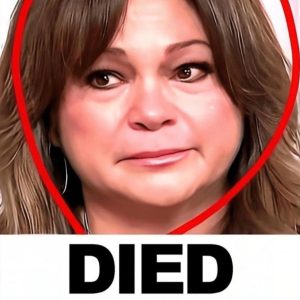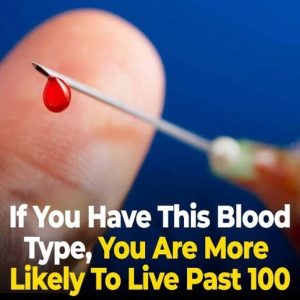If you had chickenpox as a child, you’re still at risk — the same virus (varicella-zoster) can stay dormant in your body and reactivate later as shingles, or herpes zoster. Shingles usually causes a painful, blistering rash on one side of the body and can lead to complications, especially in older adults.
**Symptoms** often start before the rash and may include burning, tingling, or shooting pain, itching, fatigue, fever, or headaches. “Some individuals experience nerve pain even before the rash appears,” and in some cases, pain may persist for months — a condition called postherpetic neuralgia.
**Facial shingles** can lead to serious problems like hearing loss, facial paralysis (Ramsay Hunt syndrome), or painful scalp and mouth symptoms. If shingles spreads to the **eye**, it’s a medical emergency. Signs include red, watery eyes, swelling, and blurred vision. If untreated, it may cause permanent blindness.
**Triggers** for reactivation include aging, stress, illnesses, injuries, or immune-suppressing medications.
While there’s **no cure**, early antiviral treatment can shorten the illness. Doctors may also recommend painkillers, anti-inflammatory drugs, or soothing ointments. To prevent spreading it, keep the rash covered and avoid contact with vulnerable people until it heals.





